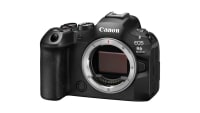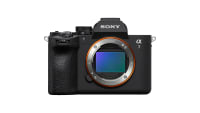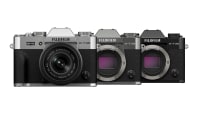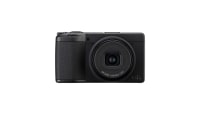Just Look at What you Can Do With the New $800 Fujifilm X-M5
An $800 pocketable cinema camera? Maybe so!
Wayne Grayson • Oct 23, 2024
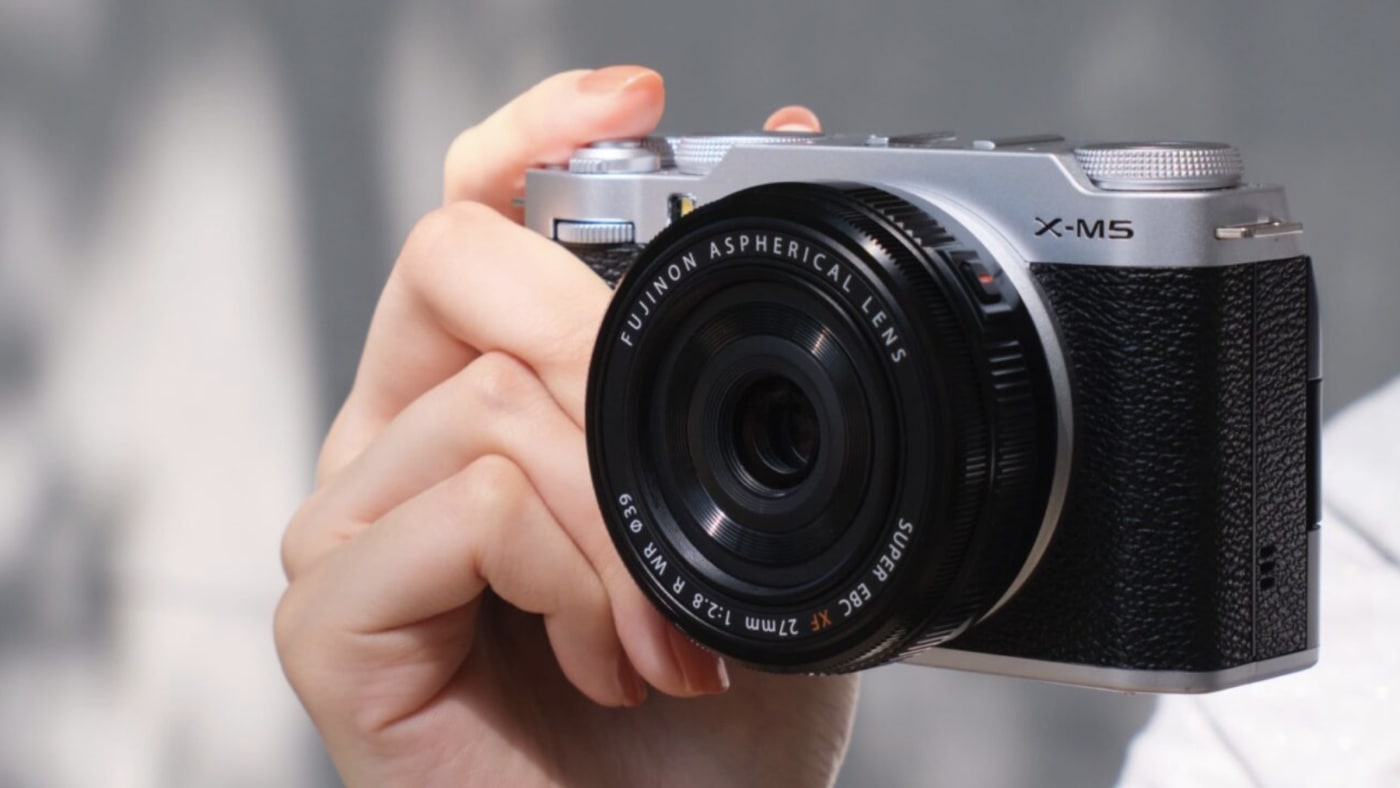
Last week, Fujifilm unveiled the latest addition to its much loved lineup of X-Series cameras: the X-M5. Priced at $800 for the body only and $899 for the body plus the (very interesting) new Fujinon XC 15-45mm f/3.5-5.6 OIS PZ kit lens, the X-M5 first strikes you as an entry level camera.
And it certainly could be that for a lot of people. After all, the price certainly says “entry level,” as do this camera’s lack of IBIS, UHS-II, or a viewfinder. Adding to the mystique of this camera are its diminutive dimensions. The X-M5 measures 112mm long x 67mm tall x 38 mm deep (4.41 x 2.64 x 1.5″). That makes it the smallest camera in the X-Series lineup, even smaller than the X100VI and closer in size to the discontinued Fuji X70. (Rest in Peace, tiny king.)

But unlike the X70 and X100VI, which are fixed lens cameras, the X-M5 has X-Mount interchangeable lens support. But that’s not all. This camera also has Fuji’s excellent X Processor 5 processing engine paired with its X Trans CMOS 4, a 26MP APS-C image sensor. That’s the same pairing found in the Fuji X-S20, a phenomenal hybrid camera.
That processing engine and sensor pairing fundamentally changes the discussion around the X-M5. Yes it’s priced as an entry level camera, and yes it lacks IBIS and a viewfinder—both of which can be found on the X-S20—but this combo of size and performance is very interesting.
Just look at this overview of the camera shot by Ermia Ramez.
Ramez is obviously very talented, and his eye, phenomenal lighting and a lot more really shine through in this video.
BUT. I was blown away by what he was able to get out of the X-M5 here. It's just not what I expected at all form this little camera. And to hear him tell it, it required very little work in post inside of DaVinci Resolve to get the X-M5’s FLOG files to look like the end result.

But there's also a lot more going on here than FLOG. The X-M5 can not only shoot 4K 60p, it also supports 6K, 4:3, open gate shooting. That is a huge feature to have on a camera so small and inexpensive. Open gate shooting not only gives you more resolution to work with, it also gives you more of a canvas to crop in on, making the production of content that can be cropped either vertically or in landscape a breeze.
Plus, when connected to a Blackmagic monitor, the X-M5 can record Blackmagic RAW—another huge and unexpected feature on a camera like this. Obviously, things like 120p frame rates are missing—the X-M5 doesn't even offer 120p in HD resolution—but at this price point, that's really nitpicking. (Plus, it's probably not a great idea to attempt 120p without IBIS in the first place.)
There are other nice video touches to the X-M5 as well like the excellent placement of the microphone jack right next to the hot shoe to keep wires out of the way of the display. Plus, the camera features a vlog mode in addition to digital stabilization that looks like it does a pretty admirable job when used in tandem with a Fujifilm lens that has OIS—like that 15-45mm kit lens.
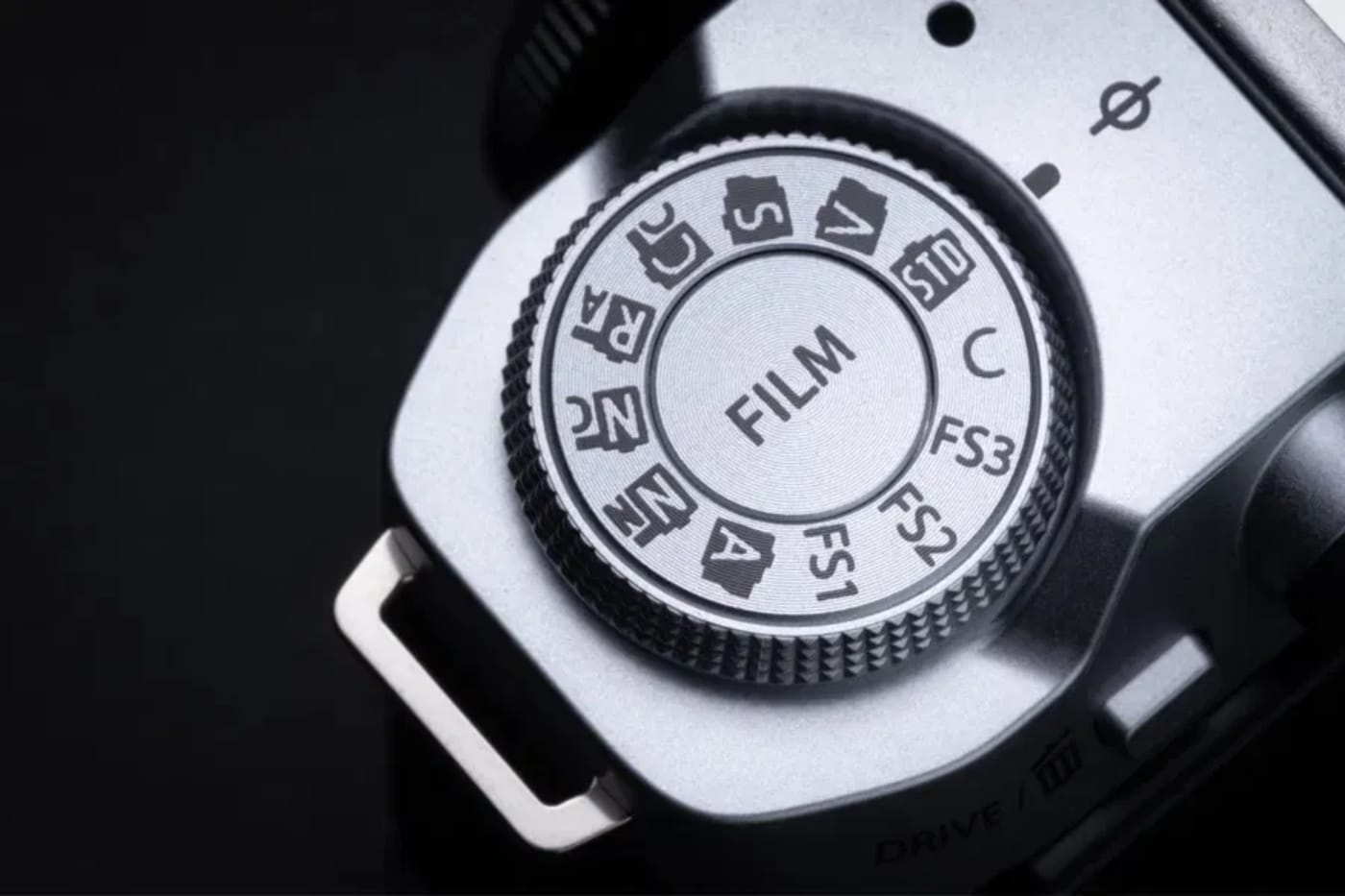
And this isn't "just" a video creator's camera. It's a legitimate hybrid shooter's dream. There might not be as many buttons and dials present here as found on other Fuji cameras, but I'd argue there are enough for comfortable shooting.
Plus, the inclusion of the Film Simulation dial has got to be seen as a nod to still photographers who love switching between Fuji's JPEG looks on the fly. Some may wish that was an ISO or customizable dial, but I think it's smart of Fuji to include a visual reference to one of this camera's biggest benefits.
One final note on specs: If you're worried at all about the X-M5's UHS-I slot instead of having a UHS-II, don't. Fuji has included a healthy buffer on the X-M5 that doesn't slow you down while shooting. Plus, the X-M5 features full support of each and every excellent Atlas Pro and Atlas Ultra SD card from us here at OWC. You can rest assured that you won't miss a frame with Atlas.
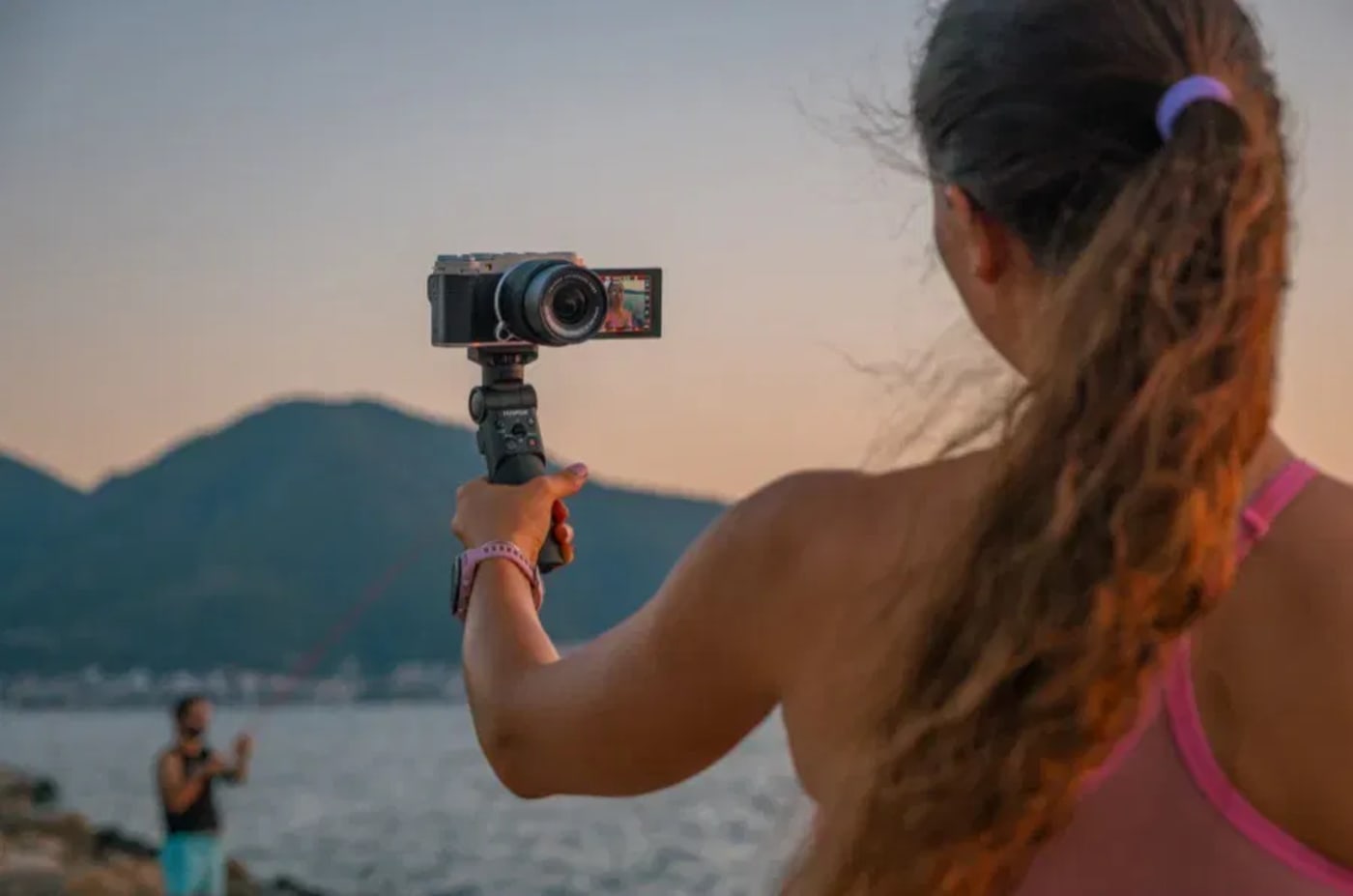
I want to end this first look at the Fuji X-M5 with the point Ramez is really getting at in his overview above. The X-M5 has the chops of a mini, entry level cinema camera. And with results like he was able to produce, the phrase "entry level" is doing a lot of work in that characterization.
As he says at the end of the video, what's so exciting about a camera like the X-M5 is that at $800 it is not only powerful, but also extremely accessible. And when a camera that can produce results like these is accessible, that means a lot of great stories can be told by folks who may not have had the right tool before. Between cinema cameras of all shapes and sizes, mirrorless bodies advancing at a phenomenal rate, and mobile video powerhouses like the iPhone, we are living in a truly golden age of camera options.
Stay tuned to OWC. We've got an X-M5 coming to us shortly and we'll have some footage and more impressions to share about this awesome camera very soon.
Other topics you might like
Canon EOS R6 Mark III Packs More Resolution and Faster, More Versatile Storage Support
Updated on Dec 9, 2025
Fujifilm X-T30 III brings a creator-friendly refresh to a fan-favorite body
Updated on Oct 24, 2025
Born for the Shadows: The Ricoh GR IV Monochrome is Designed for Black and White Perfection
Updated on Oct 23, 2025
 USA + International
USA + International OWC Canda
OWC Canda OWC Europe
OWC Europe